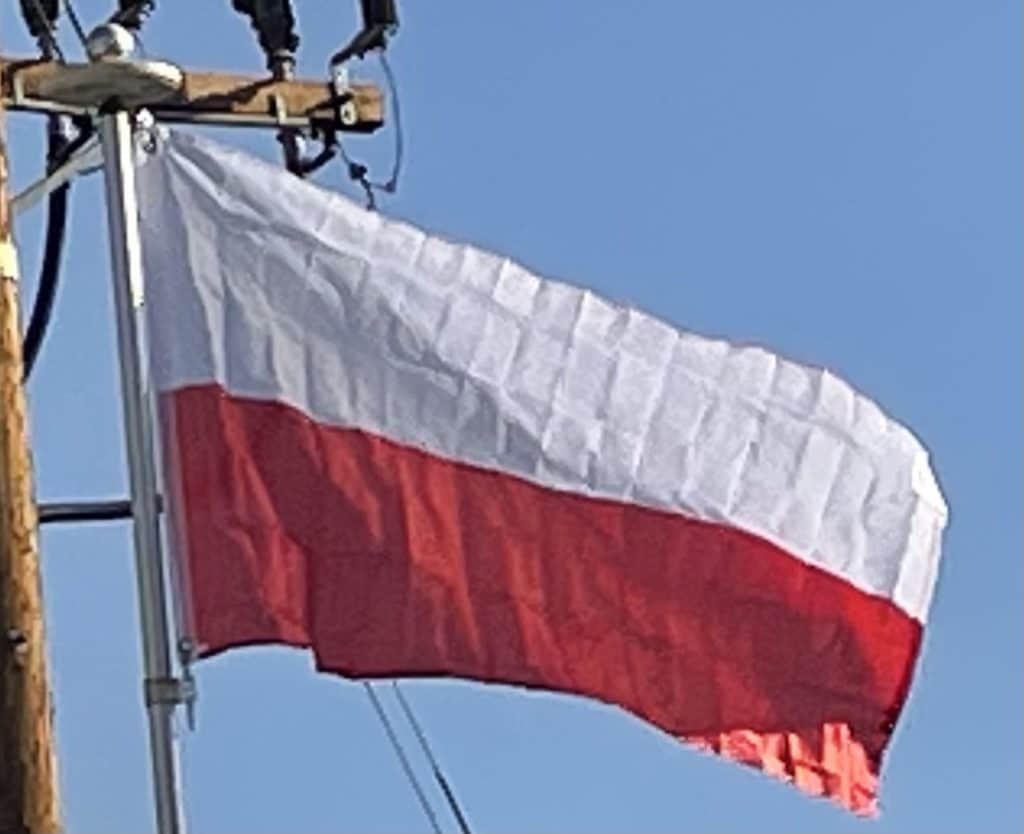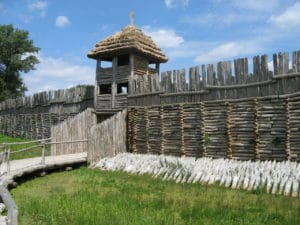
Throughout the Antiquity period, many distinct ancient ethnic groups populated the regions of what is now Poland in an era that dates from about 400 BC to 500 AD. These groups are identified as Celtic, Scythian, Germanic, Sarmatian, Slavic and Baltic tribes. Also, recent archeological findings in the Kuyavia region confirmed the presence of the Roman Legions on the territory of Poland. These were most likely expeditionary missions sent out to protect the amber trade.
With the Baptism of Poland the Polish rulers accepted Western Christianity and the religious authority of the Roman Church. However, the transition from paganism was not a smooth and instantaneous process for the rest of the population.
Piast Dynasty:
Poland began to form into a recognizable unitary and territorial entity around the middle of the 10th century under the Piast dynasty. Poland’s first historically documented ruler, Mieszko I, accepted Christianity, as the rightful religion of his realm, under the auspices of the Latin Church with the Baptism of Poland in 966. The bulk of the population converted in the course of the next few centuries.
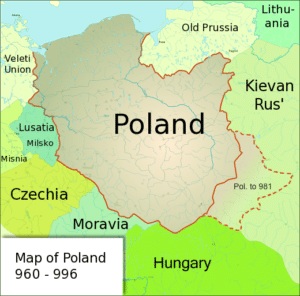
In 1320, after a number of earlier unsuccessful attempts by regional rulers at uniting the Polish dukedoms, Władysław I consolidated his power, took the throne and became the first king of a reunified Poland. His son, Casimir III (reigned 1333–1370), has a reputation as one of the greatest Polish kings, and gained wide recognition for improving the country’s infrastructure. He also extended royal protection to Jews, and encouraged their immigration to Poland. Casimir III realized that the nation needed a class of educated people, especially lawyers, who could codify the country’s laws and administer the courts and offices. His efforts to create an institution of higher learning in Poland were finally rewarded when Pope Urban V granted him permission to open the University of Kraków.
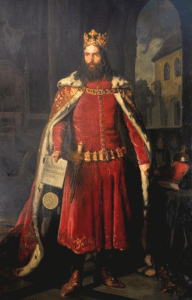
The Black Death, a plague that ravaged Europe from 1347 to 1351, did not significantly affect Poland, and the country was spared from a major outbreak of the disease.[47][48] The reason for this was the decision of Casimir the Great to quarantine the nation’s borders.
Jagiellon Dynasty:
The Jagiellon dynasty spanned the late Middle Ages and early Modern Era of Polish history. Beginning with the Lithuanian Grand Duke Jogaila (Władysław II Jagiełło), the Jagiellon dynasty (1386–1572) formed the Polish–Lithuanian union.
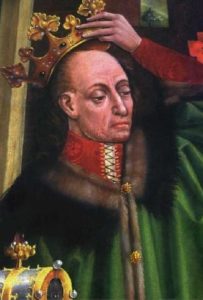
The partnership brought vast Lithuanian-controlled Rus’ areas into Poland’s sphere of influence and proved beneficial for the Poles and Lithuanians, who coexisted and cooperated in one of the largest political entities in Europe for the next four centuries.
Polish–Lithuanian Commonwealth:
The 1569 Union of Lublin established the Polish–Lithuanian Commonwealth, a more closely unified federal state with an elective monarchy, but which was governed largely by the nobility, through a system of local assemblies with a central parliament. The establishment of the Commonwealth coincided with a period of stability and prosperity in Poland, with the union thereafter becoming a European power and a major cultural entity, occupying approximately one million square kilometers of Central and Eastern Europe, as well as an agent for the dissemination of Western culture through Polonization into areas of modern-day Lithuania, Latvia, Ukraine, Belarus and western Russia.
